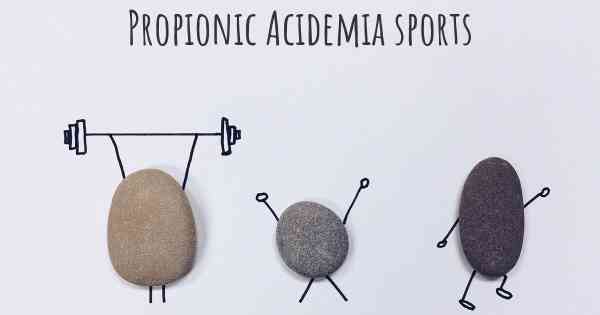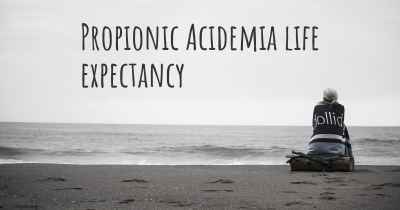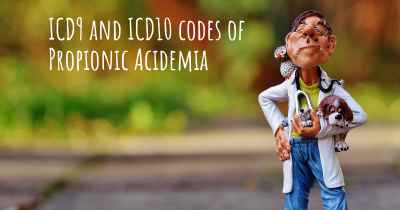Is it advisable to do exercise when affected by Propionic Acidemia? Which activities would you suggest and how intense should they be?
See if it is advisable for people with Propionic Acidemia to practice sports and which ones are the most recommended if you have Propionic Acidemia

Is it advisable to do exercise when affected by Propionic Acidemia?
Propionic Acidemia is a rare genetic disorder that affects the body's ability to break down certain proteins and fats. It leads to a buildup of harmful substances, including propionic acid, in the blood. As a result, individuals with Propionic Acidemia may experience a range of symptoms, including metabolic acidosis, developmental delays, and organ damage.
When it comes to exercise and Propionic Acidemia, it is essential to approach physical activity with caution. The severity of the condition can vary among individuals, so it is crucial to consult with a healthcare professional before starting any exercise program. They can provide personalized guidance based on the specific needs and limitations of the individual.
Benefits of Exercise for Individuals with Propionic Acidemia
While exercise may need to be modified or adapted for individuals with Propionic Acidemia, it can still offer several benefits:
- Improved cardiovascular health: Engaging in regular exercise can help improve cardiovascular fitness, which is important for overall health and well-being.
- Enhanced muscle strength and flexibility: Certain exercises can help improve muscle strength and flexibility, which can aid in daily activities and mobility.
- Weight management: Regular physical activity can assist in maintaining a healthy weight, which is crucial for individuals with Propionic Acidemia as weight fluctuations can impact metabolic stability.
- Mental well-being: Exercise has been shown to have positive effects on mental health, including reducing stress and improving mood.
Recommended Exercises for Individuals with Propionic Acidemia
When it comes to choosing exercises for individuals with Propionic Acidemia, it is important to consider their overall health, physical abilities, and any specific limitations they may have. Here are some exercises that may be suitable:
- Low-impact aerobic exercises: Activities such as walking, swimming, or cycling can be beneficial as they are gentle on the joints and provide cardiovascular benefits.
- Strength training: Light resistance exercises using bodyweight or resistance bands can help improve muscle strength and tone. It is crucial to start with low resistance and gradually increase as tolerated.
- Flexibility exercises: Stretching exercises can help improve flexibility and range of motion. Yoga or Pilates may be suitable options, but modifications may be necessary based on individual abilities.
- Breathing exercises: Deep breathing exercises or gentle yoga-based breathing techniques can help improve lung capacity and overall respiratory function.
Intensity and Safety Considerations
When it comes to the intensity of exercise for individuals with Propionic Acidemia, it is crucial to prioritize safety and listen to the body's signals. Here are some important considerations:
- Start slow and gradually increase: Begin with low-intensity exercises and gradually increase the duration and intensity as tolerated. This allows the body to adapt and reduces the risk of overexertion.
- Monitor for signs of fatigue or distress: Individuals with Propionic Acidemia may have limited energy reserves, so it is important to watch for signs of fatigue, dizziness, or other distress. If any symptoms occur, it is essential to stop exercising and rest.
- Stay hydrated: Proper hydration is crucial during exercise. Individuals with Propionic Acidemia may have increased fluid needs, so it is important to drink water before, during, and after physical activity.
- Consider supervision: Depending on the individual's age, abilities, and overall health, it may be beneficial to exercise under the supervision of a healthcare professional or a qualified exercise specialist.
Conclusion
While exercise can offer numerous benefits for individuals with Propionic Acidemia, it is essential to approach it with caution and seek guidance from healthcare professionals. The specific exercises and intensity should be tailored to the individual's abilities and limitations. By prioritizing safety and listening to the body's signals, individuals with Propionic Acidemia can incorporate exercise into their routine to improve overall health and well-being.








